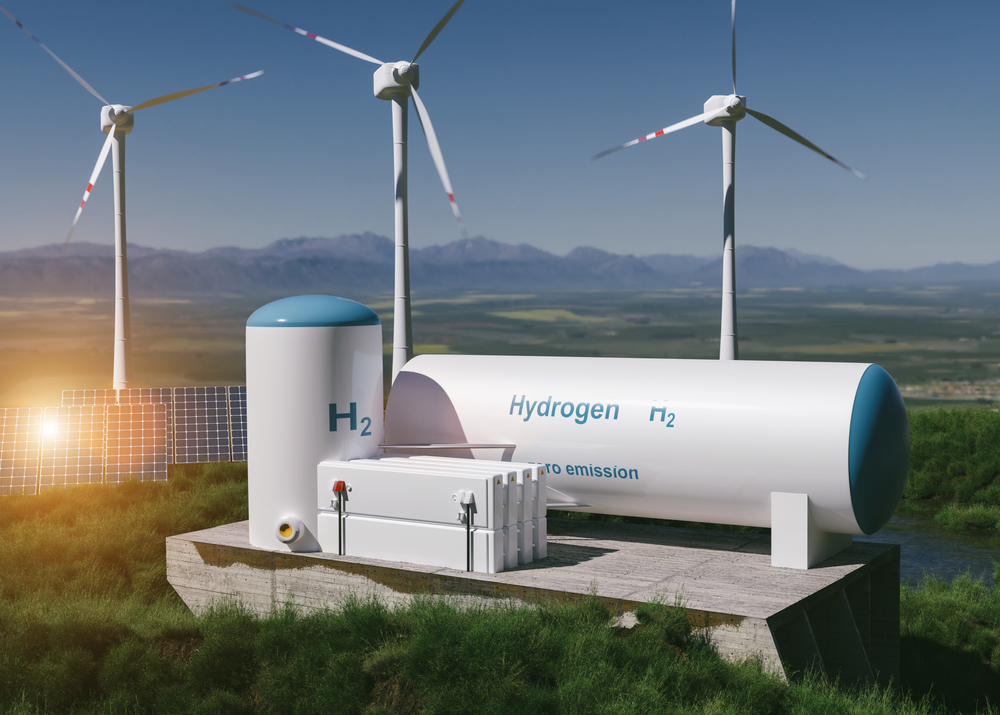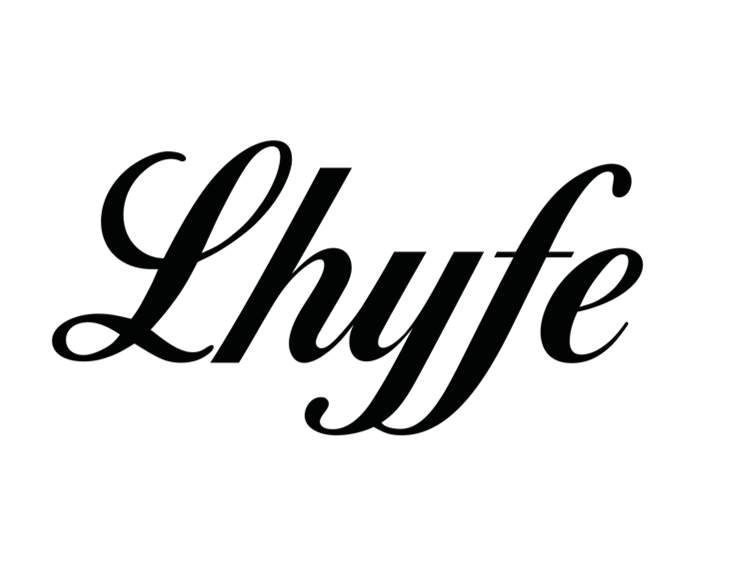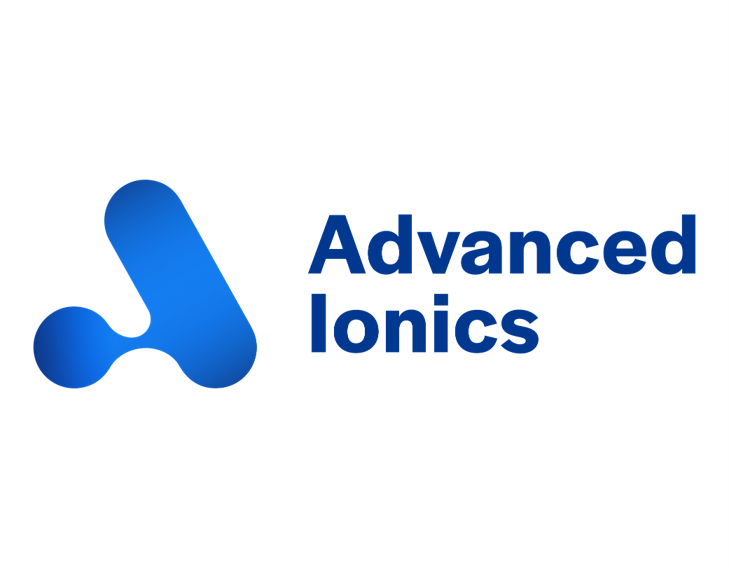123Fab #98
1 topic, 2 key figures, 3 startups to draw inspiration from

As hard-to-abate industries increasingly foster deep decarbonization strategies, green hydrogen produced from renewables via water electrolysis is expected to be at the very heart of the energy transition. However, at present, water electrolysis accounts for only about 0.03% of global hydrogen production. This is largely due to the high cost of green hydrogen (>$5/kg versus <$1.5 for grey hydrogen) due in part to the high cost of electrolyzer systems.
In this newsletter, we will examine trends in water electrolyzer innovation that reduce their cost.
Water electrolyzers are electrochemical devices used to split water molecules into hydrogen and oxygen in the presence of an electrical current. Electrolyzers are divided into four main technologies: alkaline, proton exchange membrane (PEM), anion exchange membrane (AEM) and solid oxide. Alkaline and PEM electrolyzers are the most common, produced on a commercial scale (TRL 9). AEMs are catching up in development, at TRL 6, with the development led by German startup Enapter. As for solid oxide, it is still being demonstrated with German startup Sunfire. To learn more about the technical differences, check out the IRENA report here.
Looking at the evolution of patent filings, we can detect trends in the uptake of new technologies to facilitate the implementation of large-scale green hydrogen use. Indeed, the number of water electrolysis-related patent families published worldwide has increased by 18% per year since 2005. In fact, they have surpassed the number of those related to solid, liquid and oil-based hydrogen sources. Five groups of sub-technologies stand out: (i) cell operation conditions and structure, (ii) electrocatalyst material, (iii) separators (diaphragms, membranes), (iv) stackability of electrolyzers (stacks) and (v) photoelectrolysis.
Cell operation
In an effort to improve efficiency, various electrolyzer cell operating parameters, such as higher temperature, higher pressure and zero gap cell unit design, are being explored to make them more cost-effective over a wider range of operating conditions. Danish startup Hymeth (PEM electrolyzer) has developed a high-pressure electrolyzer that operates at higher efficiency than conventional PEM technologies.
Electrocatalyst materials
Scarce materials (yttrium, titanium, iridium, platinum, zirconium) are a major barrier to the cost and scale-up of electrolyzers. Yet, the surge in patents related to non-noble metal electrocatalysts indicates that R&D is moving forward to finding new solutions to mitigate material scarcity. US startups Alchemr (AEM electrolyzers) and H2U Technologies (PEM electrolyzers) have developed electrolyzers that do not require noble metals as catalysts.
Separators (diaphragms, membranes)
Reducing the thickness of membranes increases efficiency, which in turn reduces electricity consumption. Danish startup Hystar has developed an electrolyzer that claims to reduce membrane thickness by up to 90% compared to conventional PEM technologies.
Stackability of electrolyzers (stacks)
Electrodes, bipolar plates and porous transport layers can contribute significantly to the stack cost. Improvements in these components, including scaling up their manufacturing, can lead to lower capital costs.
Photoelectrolysis
Water photoelectrolysis (water splitting using light as the energy source) is a strong, newly emerging technology. In terms of patent filings, it remains a niche technology, accounting for 6.5% of all water electrolysis patents. Yet, 37% are international patent families, which underscores the importance that applicants place on protecting their inventions outside the domestic market. A prototype of photo-assisted electrolyzer has been developed by ENGIE’s R&D laboratory CRIGEN and US startup Nanoptek.
Europe and Japan account for more than 50% of the total number of international patents in these 5 sub-technology areas. Leading players include Toshiba (JP), CEA (FR), Panasonic (JP), Siemens (DE) and Honda (JP). While Europe leads in the stackability of electrolyzers (stacks) (41% of the total patents in this area), electrocatalyst material (34%) and cell operation conditions and structure (32%), Japan ranks first in photoelectrolysis (39%) and separators (diaphragms, membranes) (36%). Chinese international patents account for only about 4% across the five technology areas but China dominates in terms of the number of pure domestic patent filings.
In short, green hydrogen technology has the potential to decarbonize numerous hard-to-abate industries. The upward trend in patent filings signals that more will soon be filed, addressing the urgent need for new solutions to lower the cost of electrolyzers, while increasing technological efficiency and production capacity. Case to be followed…
2 Key Figures
Market size of $5 billion in 2021
The global electrolyzer market size was estimated at $5.6 billion in 2021 and is expected to reach $69.1 billion by the end of 2030, with a registered CAGR of 32.21% from 2022 to 2030.
85 funded companies
Tracxn
3 startups to draw inspiration from

Lhyfe
French-based startup founded in 2017 which is a developer of green hydrogen plants. The first was inaugurated in 2021, connected to offshore wind turbines.

SunGreenH2
Singapore-based startup founded in 2020 which is a manufacturer of new generation components for electrolyser cells, stacks and systems. Products include PEM electrolyzers, AEM electrolyzers and solar-to-hydrogen panels.

Advanced Ionics
US-based startup founded in 2016 which is a manufacturer of a new class of electrloyzers. Claims to operate at temperatures from 100°C to 650°C, in between those of alkaline, PEM and solid oxide electrolyzers.
Interested in a startup landscape or in an insights report?
Please fill out our contact form so that we can get back to you very quickly with our product offer.
Want to subscribe to our 123Fab?
Fill out our form to receive the latest insights into your inbox.
